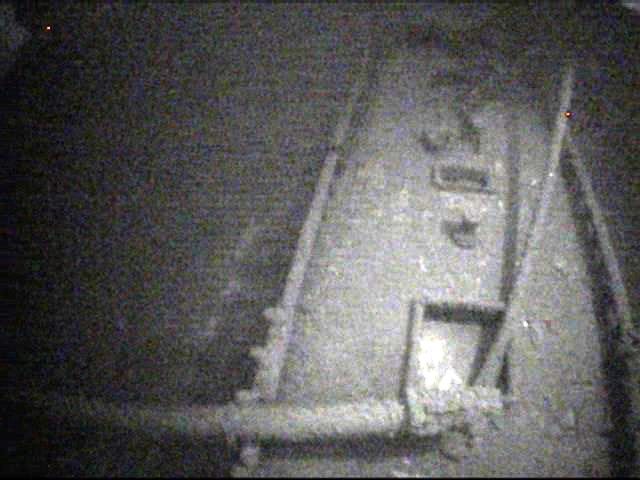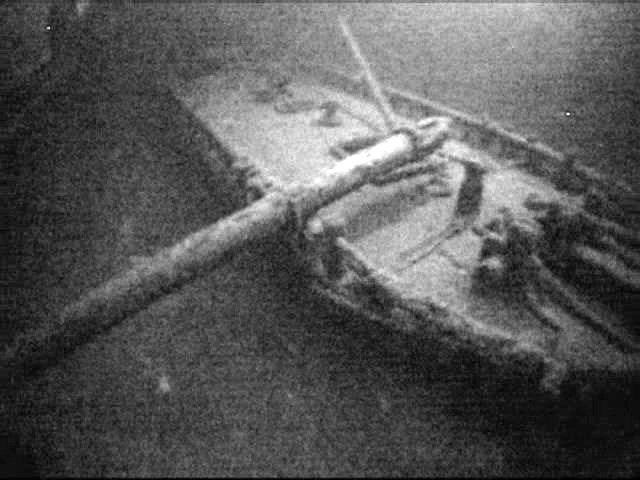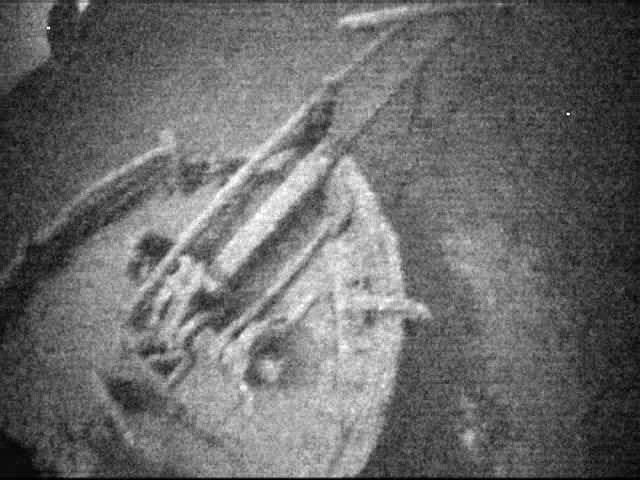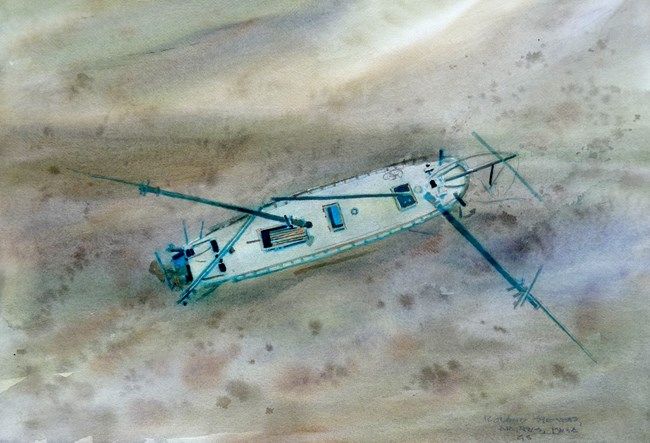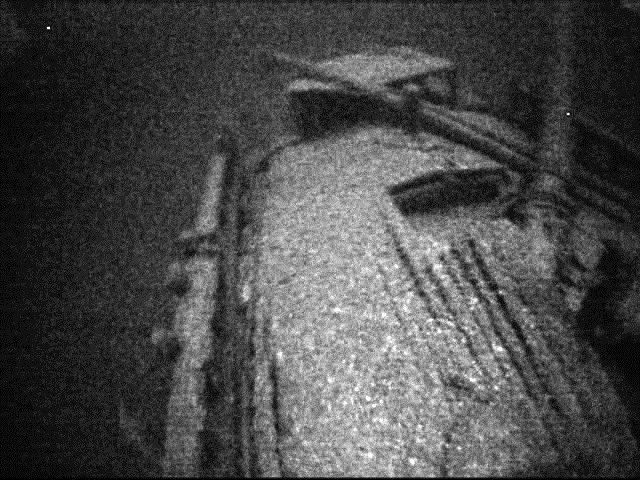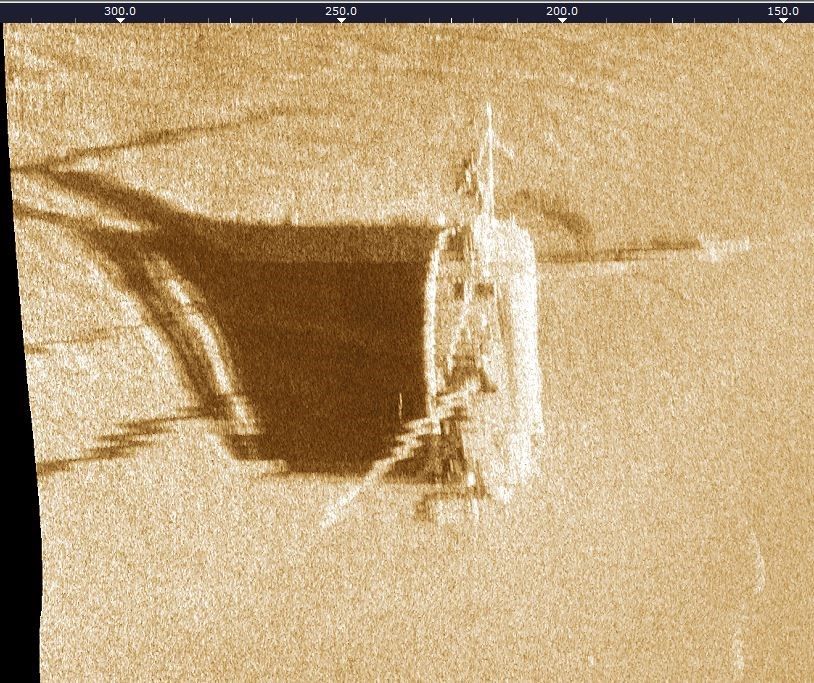19th-Century Sunken Schooner Uncovered in Lake Ontario
It’s the only two-masted ship known to have sunk in the area
In August 1868, a double-masted Canadian schooner named the Royal Albert was en route to Toledo, Ohio, loaded down with 285 tons of railroad iron when the heavy cargo suddenly shifted. The iron rails busted the hull open and sent the ship to the bottom of the lake. While the crew survived, the ship was lost for nearly 150 years—until earlier this month, when a group of underwater explorers finally discovered it.
During the late 19th century, it was common for heavy goods to be shipped to the midwest via ships traversing the Great Lakes. While many other goods were often delivered by smaller canal boats, heavier materials – like the iron used to build the country’s railroads – had to be sent on large ships like the Royal Albert, as Jim Kennard, one of the ship’s discoverers, tells Chris Carola for the Associated Press. During that time, thousands of ships sunk while crossing the Great Lakes, providing plenty of fodder for history buffs and underwater explorers.
“We like to think of them as time capsules,” Chris Gillcrist, the director of the National Museum of the Great Lakes, tells Elena Saavedra Buckley for the Toledo Blade. “If you think macro, each one is a piece in a 5,000-piece puzzle.”
Kennard first got into searching for shipwrecks in his 20s, fascinated by rumors of sunken treasure beneath the surface of the Great Lakes. Though he was originally drawn to shipwreck hunting by dreams of striking it rich, he soon became fascinated by their history. Now a retired electrical engineer, Kennard and his colleagues have spent the last 10 years searching for shipwrecks on behalf of the National Museum of the Great Lakes in an effort to find these historical treasures before they are lost to time or plundered by thieves, Buckley reports.
“This year, almost right off the bat we found Royal Albert,” Kennard tells Jasmine Kabatay for the Toronto Star.
While searching a section of Lake Ontario just a few miles offshore from Fair Haven, New York, Kennard and his colleagues detected the 104-foot-long ship sitting on the lakebed about 300 feet below the water’s surface. When they sent down a remote-operated vehicle to explore it further, they were able to identify the wreck as the Royal Albert thanks to its two masts, as it is the only ship of its kind known to have sunk in that area, Carola reports.
“When we are searching in a particular area, you know we’re on the lookout that we might come across a particular ship,” Kennard tells Kabatay. “And this is one of them that was on the list.”
Now that the Royal Albert has been found, the National Museum of the Great Lakes and the Great Lakes Historical Society are working together to document and inventory the ship’s contents in order to ward off and thieves who might be tempted to try to nab its artifacts. With thousands more ships thought to be lost in the bottom of the Great Lakes, this ship is sure to be far from the last historical treasure found in their depths.
“My favorite shipwrecks are the ones that haven’t been found,” Gillcrist tells Buckley.


